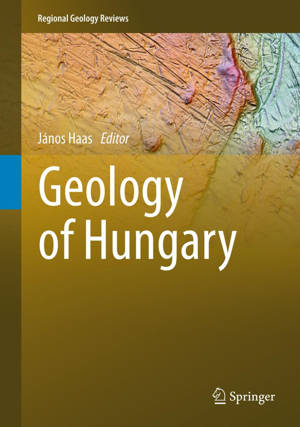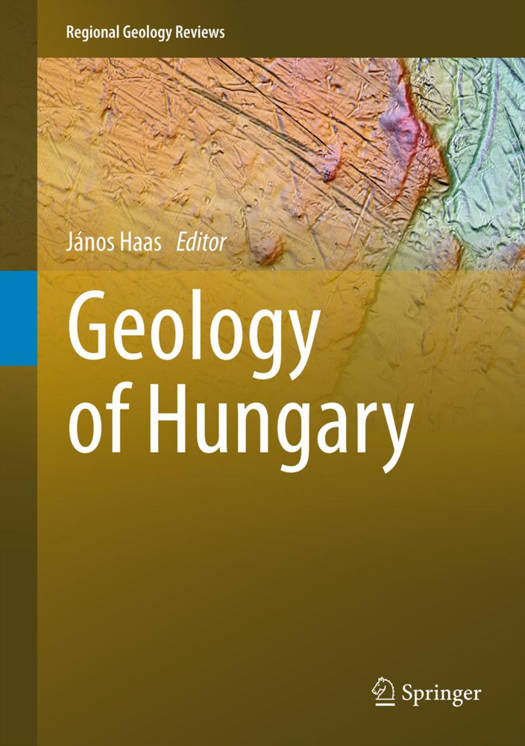
Door een staking bij bpost kan je online bestelling op dit moment iets langer onderweg zijn dan voorzien. Dringend iets nodig? Onze winkels ontvangen jou met open armen!
- Afhalen na 1 uur in een winkel met voorraad
- Gratis thuislevering in België vanaf € 30
- Ruim aanbod met 7 miljoen producten
Door een staking bij bpost kan je online bestelling op dit moment iets langer onderweg zijn dan voorzien. Dringend iets nodig? Onze winkels ontvangen jou met open armen!
- Afhalen na 1 uur in een winkel met voorraad
- Gratis thuislevering in België vanaf € 30
- Ruim aanbod met 7 miljoen producten
Zoeken
Omschrijving
Hungary lies in the central part of the Pannonian Basin, surrounded by the ranges of the Alps, Carpathians, and Dinarides. The geology of the country can be summarized as a process whereby complicated plate collision-type orogeny was followed by the formation of a young basin in which a relatively complete sequence of basin infill has been preserved. The handbook "Geology of Hungary" presents an outline of the main features of the geology and geohistory of the region in a single volume, illustrated by a great number of color figures and photos for the benefit of foreign geoscientists interested in this area. The volume follows the evolutionary history of the major structural units prior to their juxtaposition in the Tertiary and discusses the subsequent evolution of the Pannonian Basin. Due to the geohistorical approach to this study it was necessary to extend the scope of the discussion beyond the present-day political boundaries of Hungary, to cover most of the Pannonian region.
Specificaties
Betrokkenen
- Uitgeverij:
Inhoud
- Aantal bladzijden:
- 246
- Taal:
- Engels
- Reeks:
Eigenschappen
- Productcode (EAN):
- 9783642219092
- Verschijningsdatum:
- 1/07/2012
- Uitvoering:
- Hardcover
- Formaat:
- Genaaid
- Afmetingen:
- 183 mm x 259 mm
- Gewicht:
- 739 g

Alleen bij Standaard Boekhandel
+ 210 punten op je klantenkaart van Standaard Boekhandel
Beoordelingen
We publiceren alleen reviews die voldoen aan de voorwaarden voor reviews. Bekijk onze voorwaarden voor reviews.










